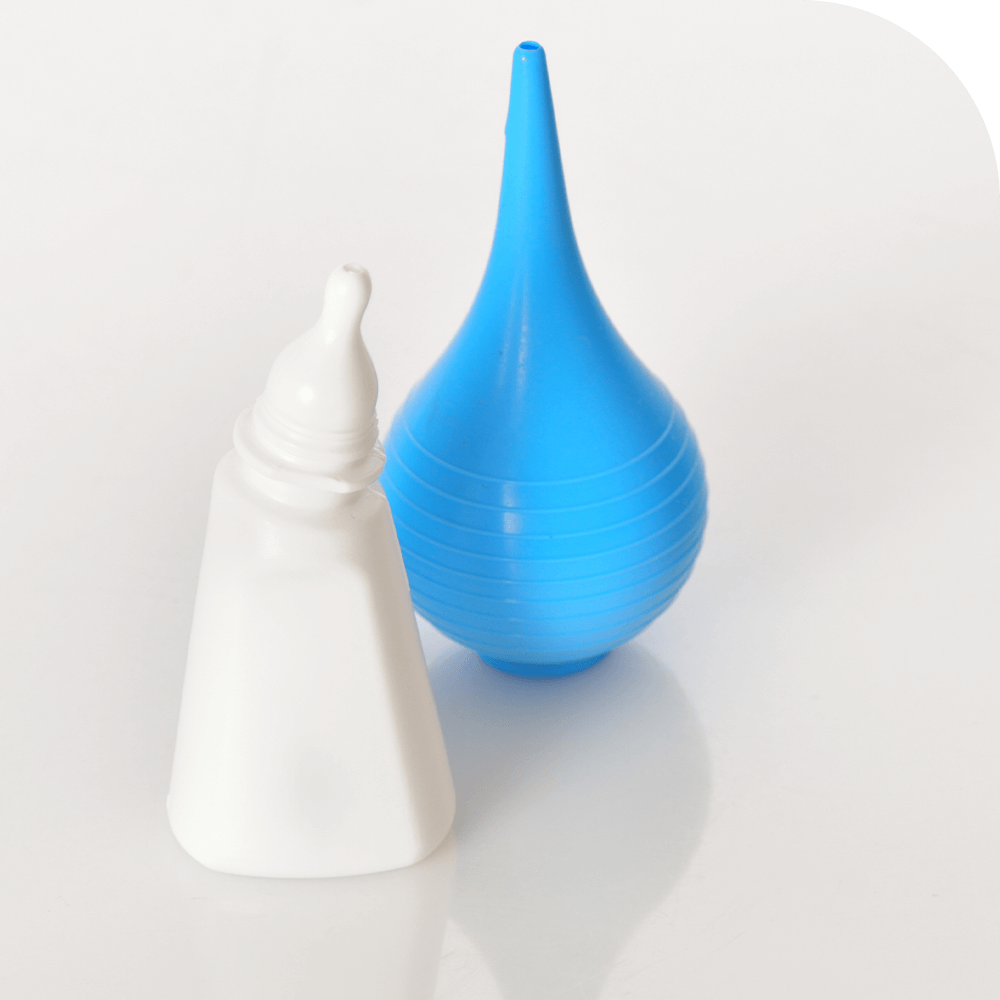Earwax Removal
Cerumen, also known as earwax, is naturally produced by the glands in the ears. It lubricates the ear canals and keeps dust and debris from getting too far down in the ear canal.
Cerumen typically clears itself from the ears, but in some instances, it can accumulate and cause a blockage.
Symptoms of a cerumen blockage include:
- Earache
- Tinnitus (noise in the ear)
- Hearing loss
- Ear pressure
If a blockage occurs, professionals may need to remove it. Sometimes, this can be done right here at our office if the blockage isn’t significant. Otherwise, your doctor may need to remove it. Again, it all depends on the blockage's size and severity.
How Not to Remove Earwax Buildup
First, never insert cotton swabs or any small object into your ear canal. The staff at Stanford Hearing Aids generally agree that using cotton swabs to remove earwax is a bad idea and recommend using them only on the outer portions of your ear. Cotton swabs can push the blockage deeper into the ear canal, increasing the risk of further damage, including the possibility of rupturing your eardrum.
At-Home Earwax Removal
Sometimes, your provider may give you an at-home earwax removal kit to take home.
These kits typically include a liquid that softens earwax and a small rubber bulb syringe. The provider will instruct you on applying the liquid to your ear canals, including the amount and frequency. After applying, let the liquid sit in your ears to soften the earwax. Experiencing bubbling and fizzing sensations in your ears is normal during use. Next, gently flush out the earwax with warm water and the bulb syringe. Eradicating earwax blockages may take several days. Some people and certain ear conditions may present contraindications for using these kits. Therefore, consulting with your hearing care provider before attempting at-home earwax removal is advisable to ensure it is safe.

Removal at Your Doctor’s Office
If the earwax isn't significant in size and scope, our providers can clear up and remove the earwax.
Should the earwax blockage be more significant, your doctor's office may need to remove it. Doctors typically employ one of two methods for earwax removal: irrigation or curettage.
Irrigation is the method most commonly used by doctors to remove blockages. Doctors may use stronger earwax removal medications and irrigation than at-home earwax removal kits. These medications often contain carbamide peroxide as the main ingredient.
Curettage, the less common method, involves using a curette. This long, curved tool, used with suction, gently scrapes cerumen from the ear canal to remove the blockage.
If earwax causes you pain or discomfort or you suspect a blockage, seeing your doctor as soon as possible is essential to address the issue. Proper earwax removal should not be painful and ought to provide relief.
